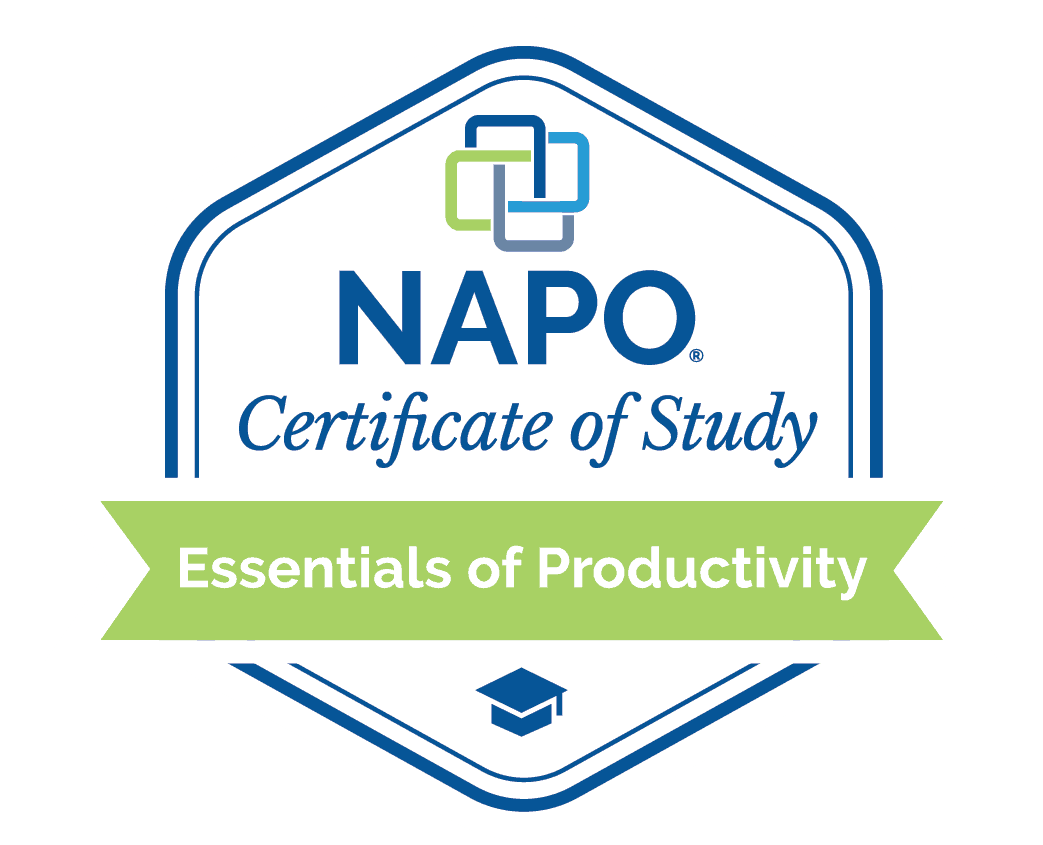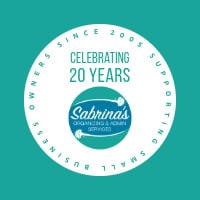We write every day, not just for websites. As small business owners, we don’t necessarily have much time to do the writing we need. It can be challenging to find time in the day to create a helpful document. Doing the writing task may be the first thing we procrastinate on each day. Today, we will be talking about what stops us from writing and some quick tips to help you save time while business writing.
Ideas to save time writing
What stops us from writing a well-thought-out piece?
When generating letters, website pages, or emails, there are many reasons we don’t do our best. Here are a few:
- Not having the time or scheduling the right amount of time to write everything we want to say.
- The writing has to be perfect, so if I can’t do it, it doesn’t get done.
- You are questioning yourself because you don’t know how to go about writing the piece.
Tips while doing business writing
To help you save time while business writing, these are some of the methods I use to help me with my small business. I hope they help you also.
Before writing, determine who your target audience will be.
Will it be written for colleagues (affiliate)? Will it be customers inquiring about services or products? Is it a broad audience or an individual? Pick a person in that particular company and write only to that person. This tip will help you zone in on the topic at hand.
Never create anything from scratch.
Unless, of course, you are a startup or building a new offering. Then, after you’ve written it, always pull from something you’ve already written. This tip helps you stay consistent with your business focus and terminology.
Create an outline before writing.
Create an outline of your piece and have others review it to ensure you haven’t missed anything. What do you want to say in the article? This tip will help you organize your thoughts.
Decide if your document or email can be used again
After you create your document, determine whether you can reuse it. Print out the text and write at the top the times you can use this document. Ask yourself, who is the audience for this document? How will I use this document? You can also have two papers, one with the text you will share and modify, and another for your notes to discuss.
Saving time while writing
Each day we write so much, and sometimes we can revisit and reuse the things we have written. However, which one and how? Below are some specific task tricks to help you save time.
Template letters can be reused multiple times:
Create a comprehensive template that includes everything needed, along with links to save time. Save it in a document, OneNote, or Evernote, and copy and paste it into your new email when needed. In Outlook, you can create an Email Message template. You can also do it in Gmail. And, you can do the same in Apple Mail. I have included the instructions for each of these in the links above.
Social media time-saving tips
Social media creates posts ahead of time and saves on social media management tools. There are several out there now, Hootsuite (it is expensive), SocialPilot, Buffer, eClincher, Coschedule are just some of them. It has an easy-to-use interface that lets you schedule posts for almost every social media site.
Common Q&A set of questions:
Create an excellent answers/comebacks page to pull from. Your questions can be about specific services that people have asked you about. Then, you write the best, most straightforward answer to the inquiry and keep it in a Word document to refer to when people ask you that question.
Get proficient in AI-language model questioning.
With AI here to stay, learn how to use it to help you with research and how to form an email so that it comes across the way you want.
Visit our Blogging Tips Archives here for more tips and tricks!
I hope this inspires you to create business writing pieces that are amazing and reusable for your small business.
Let’s continue the conversation. What stops you from writing a robust thought-out piece? Are there any tips you do that help you save time when writing? Please leave a comment below.
Visit these posts below, which I found online, for more information.
10 Time-Saving Blogging Tools You Need To Use









I love to write, but admit that “Never create anything from scratch” is excellent advice. I often repurpose my blog posts into presentations (and vice versa) and update old articles, sometimes by combining sections from different ones. I’ve even been known to buy PLR – I generally edit it so much that my completed work bears little resemblance to the original, but it gives me a starting framework, which is a real time-saver.
These are great tips. I often times have a difficult time letting go and just getting my thoughts out of my head and into a format. I especially liked the information you presented about drawing from previous pieces and not writing anything from scratch. Do you have recommendations and resources for god ways to organize your writing to help make this easier?
Good question, Tammy. I plan on writing a post about how to do this in the near future. I need to do a little more research on it. Stay tuned.
I agree that writing your posts for social media ahead of time and saving them is a huge time saver. I try to do a month at a time, and while it takes me three hours, I then dont have to sit down every day for fifteen minutes. This frees up a lot of time when I want to chunk large time slots.
Great job Kara! It really does save time. But noticed that it was easier for me to do it weekly. The topics were more current. But, on a monthly basis, I still re-share older posts and advertise services just in case I do not have any current topics to talk about. Thanks for sharing.
It seems so obvious now that I’ve read your post, but your hint about first establishing your target audience is key for me. At times, my audience will be nurses, at other times, cooking enthusiasts, and sometimes fans of my book. Just today, I realized that I’d made a blog post that would appeal to a subset of my readers–only after I’d made the post! I will absolutely keep your hint in mind and reverse this in the future. Socks before shoes, plan the audience and THEN spend a couple of hours putting together my blog post!
You would be surprised at how many people do not think of this when they create content.
As a writer who writes from inspiration, I generally do write from scratch and then spend lots of time bringing all my ideas together before I step back and edit. I like the idea of a template for business pieces that you share regularly and I do have this setup to a degree for the health and nutrition portion of what I do. Everything is always personalized though, so even a template requires much tweaking to get it so it is personalized. I spend a lot of time writing emails and sharing things with people and it is very time consuming indeed. When I am working on a new article, generally if I have a strong title in mind and a powerful opening paragraph, everything flows from there. Thanks for the tips for business writing, Sabrina! Very helpful to keep honing and streamlining how we do things to optimize our creativity and time.
I find that I definitely have to schedule time or I get too distracted by my other tasks. Pretty soon hours have gone by and I haven’t written a thing. Thanks for the tips.
Great tips especially the template tip. Writing used to the bane of my existence but as I started incorporating things that helped others that has changed.
I really like your tip on having templates. I can see how that can really speed things up. Thank you!
Hi Sabrina, I’m a huge fan of repurposing. Especially for those times when we’re stuck for ideas. Just simply have a look at all those email replies we have crafted as business owners. Even those are a wealth of information just waiting to be compiled into a thoughtful and relevant piece of content.
I have mixed feelings about writing. When I write on a topic I know well, it flows. When I’m writing to share with a group of friends in a writing circle for the past 18 years, if I have an opening sentence, I have it flows. When Im writing a blog for social media on a topic I have to research, I struggle & don’t enjoy it. Been working recently from an editorial calendar & it has gotten a little easier. I do have someone edit who requires me to start with an outline, then research, then draft.
For me my college lit professor drilled into me that you never, ever edit while you write. You write as your thoughts go then go back and edit because each process comes from a different side of the brain. It has served me well.
Great point, Karen! I do the same thing. I like to write the thoughts first then let it go. And, come back to it to finish it up with editing and adding images and such.
I do the same, and I recommend that strategy when I speak about blogging, but I didn’t realize it was linked to different parts of the brain!
Having templates saves a lot of time. You can get a lot done in a short period of time if you have good ones to use over and over. I also like your idea of having an answers/comebacks page to use.